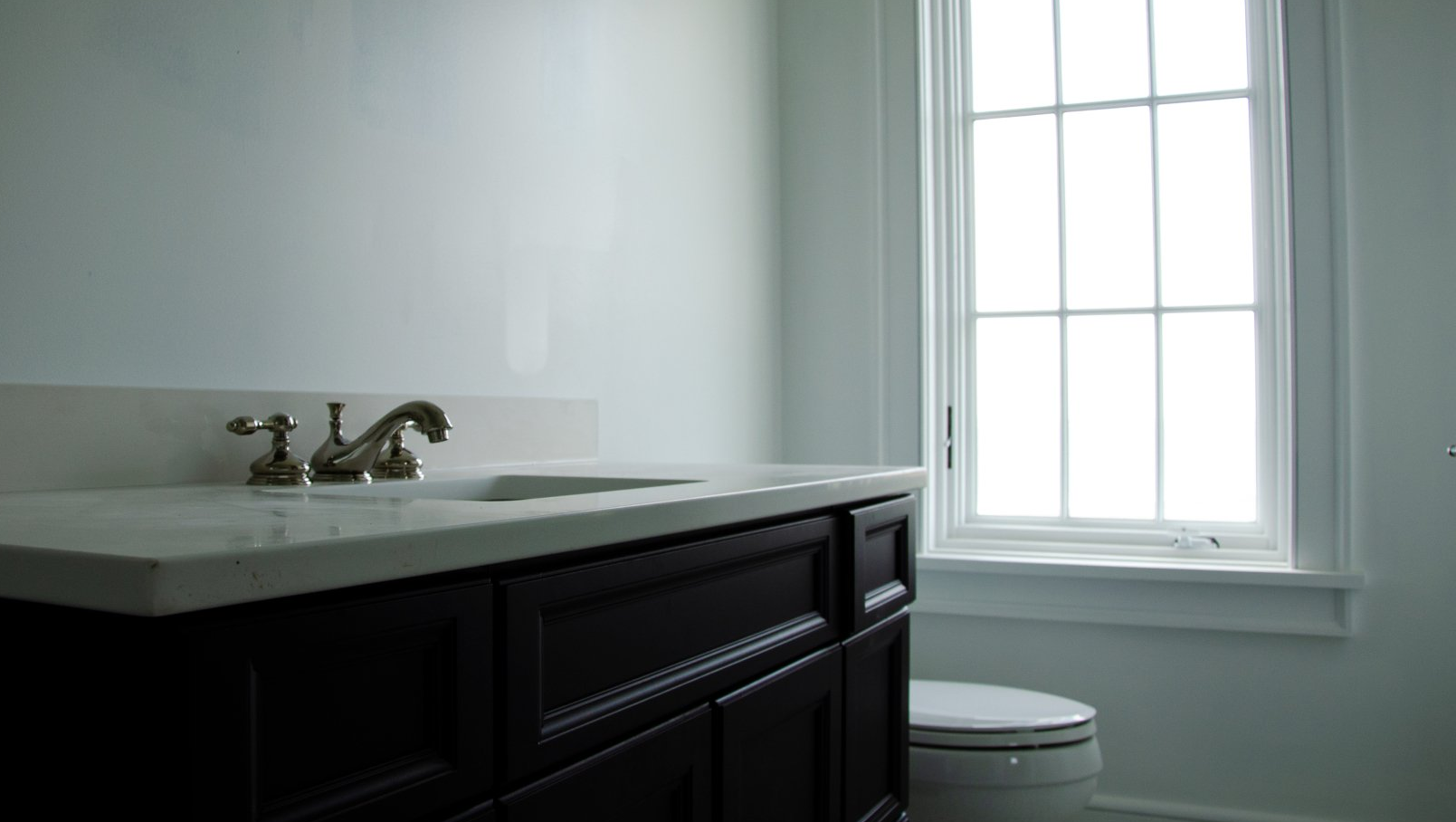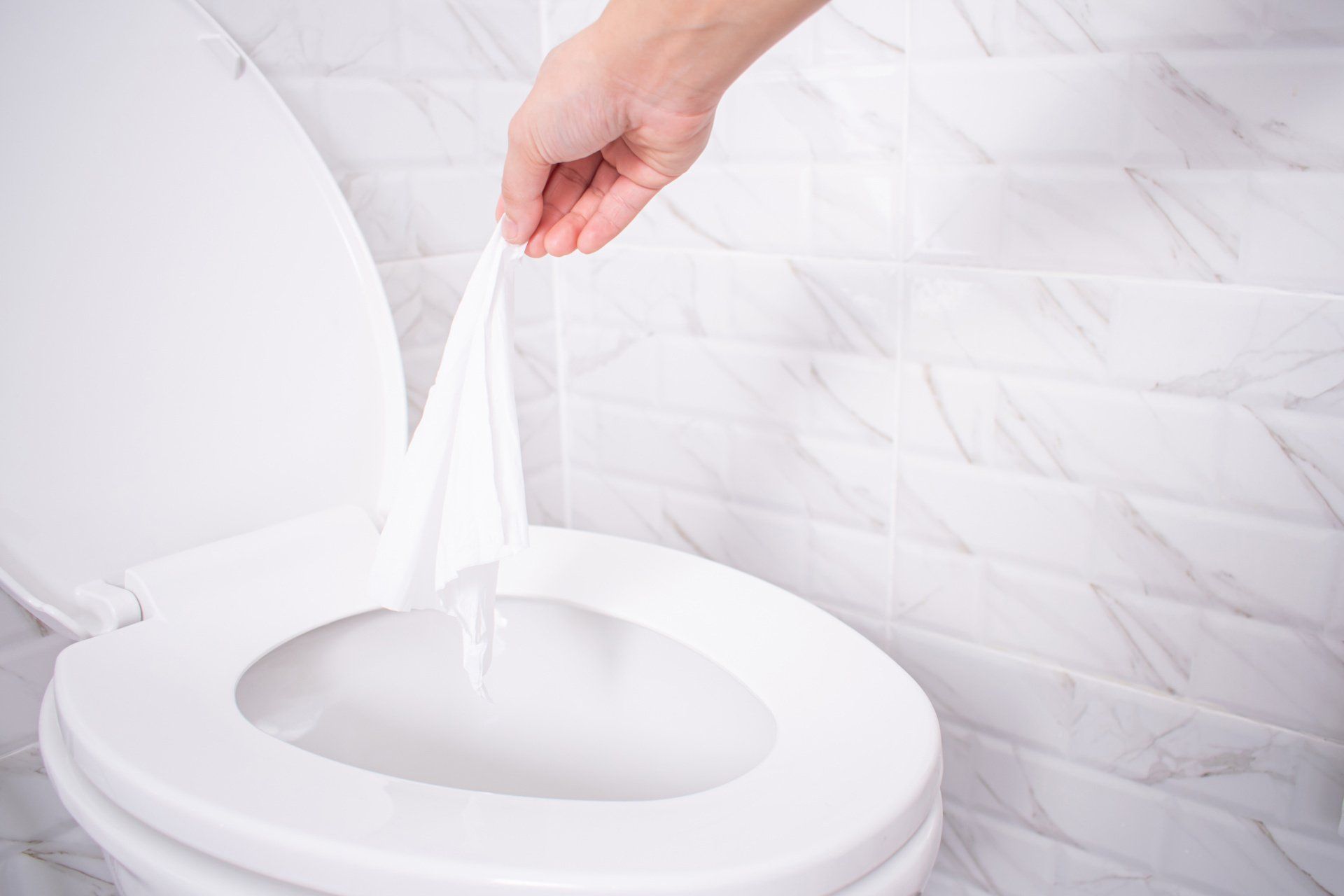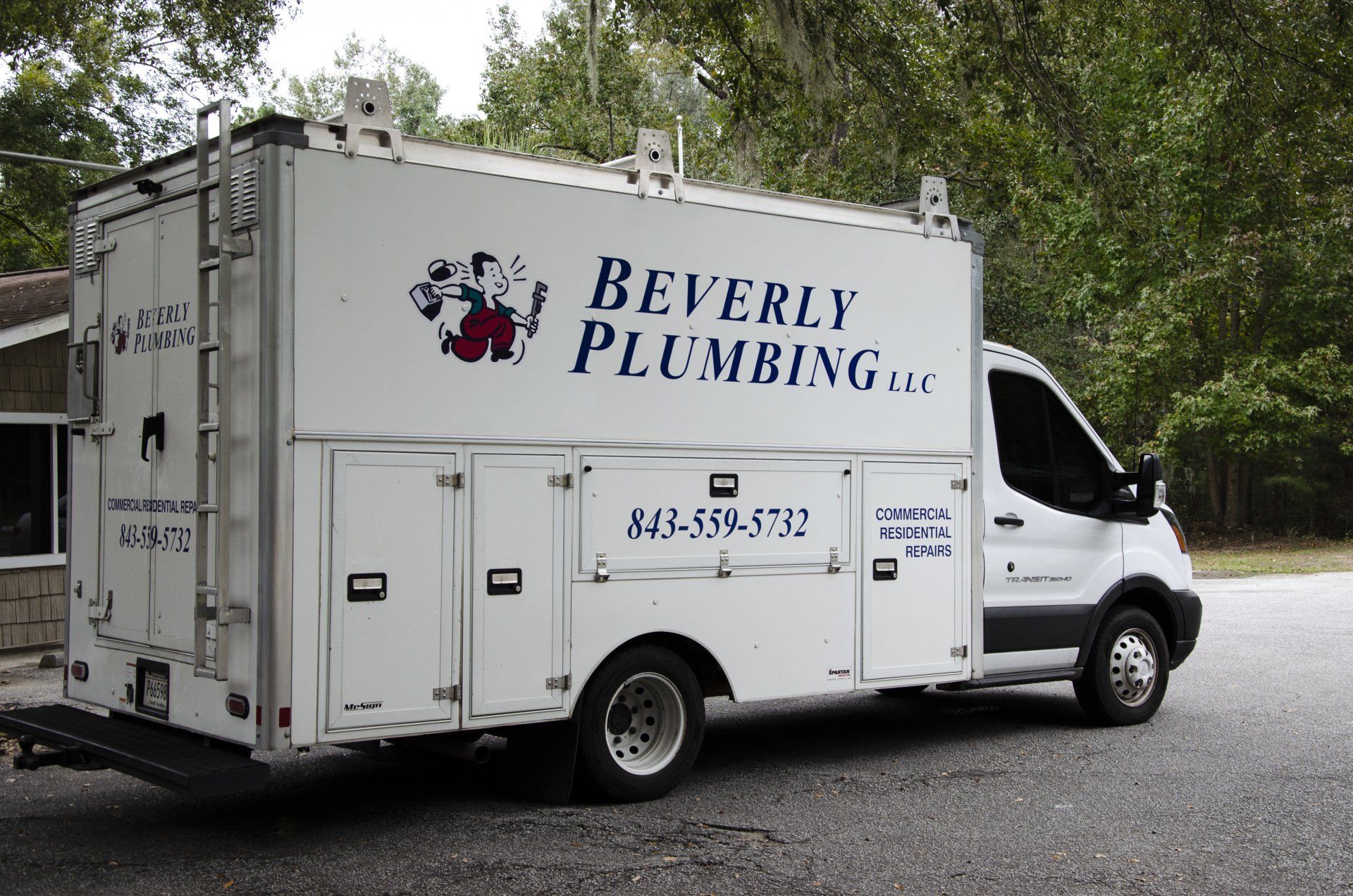10 Common Plumbing Problems | Beverly Plumbing
1. Dripping Faucets
To fix a dripping faucet, start by turning off the water supply under the sink. Remove the handle to access the internal components. Replace the worn-out washer or O-ring to stop the drip. Reassemble the faucet and turn the water supply back on to check for leaks.
2. Clogged Drains
For unclogging drains, start by using a plunger to create suction and dislodge the blockage. If that doesn't work, try using a plumbing snake to break up and remove the obstruction. You can also use a chemical drain cleaner following the manufacturer's instructions. Regular maintenance like flushing with hot water can help prevent future clogs.
3. Running Toilets
A running toilet can waste a significant amount of water. To fix it, check the flapper and fill valve inside the toilet tank. Adjust the chain or replace the flapper if it's not sealing properly. You may also need to adjust the fill valve to regulate the water level in the tank.
4. Low Water Pressure
Low water pressure can be due to mineral deposits clogging the aerator or showerhead. Remove and clean the aerator by soaking it in vinegar to dissolve the deposits. Check for leaks in the pipes and repair any damaged sections. If the pressure is still low, you might need to call a professional to assess the issue.
5. Leaking Pipes
If you notice a leaking pipe, turn off the water supply to prevent further damage. Locate the source of the leak and tighten the fittings or joints with a pipe wrench. For larger leaks or burst pipes, you may need to cut out the damaged section and replace it with a new pipe and fittings.
6. Water Heater Issues
Water heater problems like inadequate hot water or strange noises can be caused by issues with the thermostat, heating elements, or sediment buildup in the tank. Adjust the thermostat settings, inspect and replace faulty heating elements, or flush the tank to remove sediment and improve performance.
7. Sewer System Backup
A sewer system backup can be a serious issue that requires professional assistance. Contact a licensed plumber to inspect the main sewer line, identify the cause of the backup, and perform any necessary repairs or maintenance to ensure proper drainage.
8. Sump Pump Failure
If your sump pump is not working correctly, check the pump for any visible issues like clogs or debris blocking the intake screen. Ensure that the discharge pipe is clear of obstructions and that the pump is receiving power. If the pump still fails to operate, it may need to be repaired or replaced by a professional.
9. Water Leaks
When dealing with water leaks, it's crucial to locate the source of the leak and shut off the main water supply to prevent further damage. Tighten any loose connections or fittings causing the leak. In case of significant leaks, consider replacing damaged pipes or fixtures to resolve the issue permanently.
10. Slow Draining Sinks or Tubs
Slow drains can be cleared by using a drain snake to remove hair, soap scum, or other debris causing the blockage. Chemical drain cleaners can also dissolve the clog, but use them cautiously as they can damage pipes. Additionally, check the P-trap for clogs and clean it out to restore proper drainage.
You might also like



